For years, websites have been digital storefronts where companies could shape their narratives, guide customer journeys, and convert buyers. But AI has entered the chat, and it’s rewriting the rules of brand discovery faster than we can say "SEO."
With AI-driven search and large language models (LLMs) acting as a new influential touchpoint, traditional digital marketing strategies are at risk.
Buyers won’t just use AI to search for different brands. They will ask them to summarize, recommend, and even decide for them. That means:
- Fewer clicks to brand websites
- Less control over how brands are presented
- A growing reliance on AI-curated answers
So, what does this mean for websites? They may evolve into a final checkpoint – a credibility anchor for those who choose to dig deeper.
But what about everyone else? If the majority rely on AI-driven summaries to shape their buying decisions and brand perceptions, they may never reach a brand’s website at all.
Websites are not the sole driver of buying decisions
When was the last time you made a purchase decision solely based on a brand’s website? Probably never.
As consumers, we rely on an entire ecosystem of touchpoints: social media, reviews, thought leadership, good old-fashioned word of mouth, and, more recently, AI-generated summaries.
Artificial intelligence is the new front door to your brand.
Buyers, especially in B2B and tech, are using AI tools like ChatGPT, Perplexity, Gemini, and Claude to:
- Get quick product comparisons (“What’s the difference between X and Y?”)
- Understand a brand’s positioning (“What does this company do?”)
- Summarize reviews or customer sentiment
- Draft vendor shortlists
- Prep for meetings or due diligence
- Discover alternatives to known tools or brands
Why? Because it’s faster than Google, doesn’t require scanning 10 tabs, and often gives summarized, conversational answers.
Traditional search engines at least send traffic to brand-owned sources, but AI search changes the game:
- A Columbia Journalism Review (CJR) study found that AI search tools frequently omit sources or misattribute content. In over 60% of cases, AI-generated answers contained incorrect citations or fabricated links.
- Some AI models failed in 94% of tested cases, providing inaccurate or misleading information.
- A TollBit report also showed that AI-driven web crawling has doubled in just three months, yet AI search engines send 96% less traffic to original content than traditional search engines.
Unlike SEO, where companies can optimize their rankings, AI models don't rank. They pull info from everywhere, mix it up, and generate responses based on data brands may not even know exists.
This shift means companies no longer get to decide how they’re presented. AI does that for them.
How product marketers can adapt to AI discovery
It's no surprise we’re moving beyond search engines to an era where LLMs, social validation, and fragmented discovery shape brand perception. Naturally, some brands will overreact.
They’ll pack websites with every keyword imaginable, hoping AI picks them up. But brute-force optimization isn’t the answer.
As UsabilityGeek points out, AI is revolutionizing web development, and adaptive intelligence can provide personalized user experiences. Brand websites can no longer rely on static content alone; they must be designed for AI readability and validation.
So, what’s our role as product marketers? We ensure our messaging remains clear and influential no matter where AI pulls from.
“AI has the potential to transform us into what I call the 10x PMM. AI isn’t just a tool; it’s like the extra pair of hands we’ve all been waiting for.” – Dave Steer, AI-powered product marketing: Trends, tips, and use cases
Before we take action, we need to answer some key questions:
- How does AI describe our brand today?
- Are we represented consistently across AI models?
- How do we balance owned content with decentralized discovery?
- What new attribution models will emerge as AI search becomes dominant?
Here are some key strategies product marketing can drive in partnership with brand and digital marketing teams:
1. Shape AI’s understanding of your product and brand
AI tools like ChatGPT, Gemini, and Perplexity are increasingly the first stop for people looking to understand your company. But what they “know” about your brand depends on what’s out there and how well it's structured.
So, what does AI really think your brand is about?
I tested this myself with AdsWizz, the digital audio advertising technology company I work for.
I asked multiple AI tools to describe our brand. While the answers were somewhat consistent, they often missed key elements, like our focus on podcasters or even one of our core product categories.
Some tools, like Perplexity, were transparent and showed exactly which links they used to generate their response. Others were more elusive.
When I asked Claude where it got its AdsWizz information from, here’s what it had to say:
“I don't have access to specific sources to cite for this information. My knowledge about AdsWizz comes from my training data, which includes publicly available information about companies and technologies up to my knowledge cutoff in October 2024. If you need more authoritative or current information about AdsWizz, I'd recommend checking their official website, recent press releases, or industry publications that focus on audio advertising technology.”
So basically, it said Look, I’m just the AI. I’m not your brand manager. Just check the website.”
At least it pointed me in the right direction. Not all tools are that self-aware when they’re winging it.
While that might sound harmless, it reveals a key point: if AI can’t cite the right info, there’s a good chance it doesn’t have it at all. And that’s a risk when AI becomes a first impression of your brand.
Try this: Open each AI tool and ask: “What is [Insert Your Brand Name], and what does it do?”
Then go deeper: “Who is the target audience for [Your Brand Name]?” and “What makes [Your Brand Name] different from its competitors?”
Now ask yourself: Is this how we position ourselves? Does it reflect our core messaging, tone, or audience? If not, it’s time to optimize your public brand content.
What you can do:
- Review your positioning and messaging across product pages, knowledge base articles, and FAQs. Are they clear, current, and consistent?
- Make sure your value proposition and differentiators are explicitly stated in multiple places, not just on your homepage.
- Keep content factual, concise, and machine-readable (FAQs, knowledge bases, verified data). Avoid overly clever copy in key info sections.
- Regularly update content. AI tools favor fresh, verified sources.
Why it matters: AI tools summarize based on publicly accessible content, so structured, consistent messaging helps them “learn” your brand correctly.
2. Influence AI beyond your website
Even if your site is perfectly optimized, AI doesn’t only learn from you. It pulls from Wikipedia, industry blogs, LinkedIn, Google Knowledge Graph, and even news articles. If those aren’t saying the right thing (or anything at all), AI might fill the gaps.
Try this: Search “What is [Your Brand Name]”. Then ask:
“Who founded [Your Brand Name]?”“What industry is [Your Brand Name] in?”
Look at the sources being cited or ask a follow-up question: “What are the sources you used for this information?”. Are they accurate, reputable, and aligned?
What you can do:
- Update your Wikipedia page (if you have one) with accurate, sourced info.
- Pitch or contribute with guest articles to high-authority industry blogs and media outlets.
- Ensure your LinkedIn company page uses consistent messaging and includes your value proposition.
- Submit structured data to Google (via Schema.org) and update your Google Knowledge Panel (via Google Business or manual verification).
- If AI gives wrong info, submit corrections through feedback buttons (available in many tools) or update the source content.
Example: If Perplexity says your brand “focuses on hardware solutions,” but you’re 100% SaaS, that red flag might be tied to outdated press or a misclassified public category.
3. Align GTM strategies with AI-driven discovery
- Treat AI visibility as part of your GTM strategy. Positioning should be crafted with LLMs in mind.
- Partner with marketing and communications teams to integrate AI-optimized messaging into press releases, event content, and PR strategies.
- Track AI sentiment shifts to inform positioning adjustments over time.
4. Prepare for AI-driven product differentiation
- AI will compare and contrast competing solutions, so ensure your differentiators are explicit, factual, and easy for AI to extract.
- Encourage more customer testimonials and case studies. LLMs factor in sentiment from external sources.
- Leverage tools in your competitive intelligence programs to analyze AI-generated summaries of your brand and competitors.
Takeaways
Websites aren’t dying, but their role is shifting. As AI-generated content and decentralized brand discovery become the norm, companies must get their narratives back.
As product marketers, we should shift our mindset from “How do we rank in Google?” to “How do we ensure AI represents us accurately?”
- Structured and fact-based content – AI models love clear, factual data.
- Machine-readable information – Schema markup, structured FAQs, and knowledge bases help AI understand context.
- Third-party validation – Media coverage, research citations, and expert contributions boost authority.
- Consistency across platforms – AI won’t know what to trust if your brand message is different everywhere.
Sure, we can’t control how AI references our brands, but we can influence what it learns from, and the brands that adapt now will thrive in the foreseeable future.





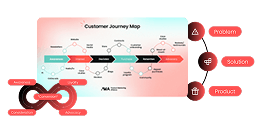
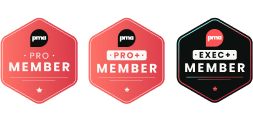



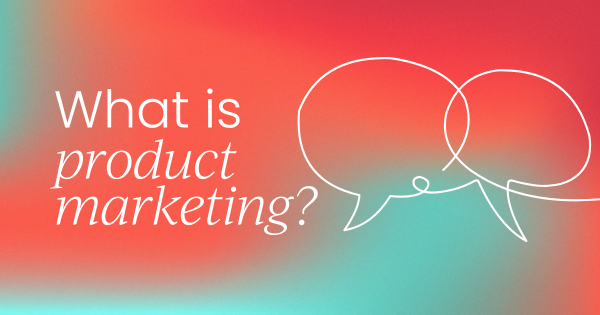


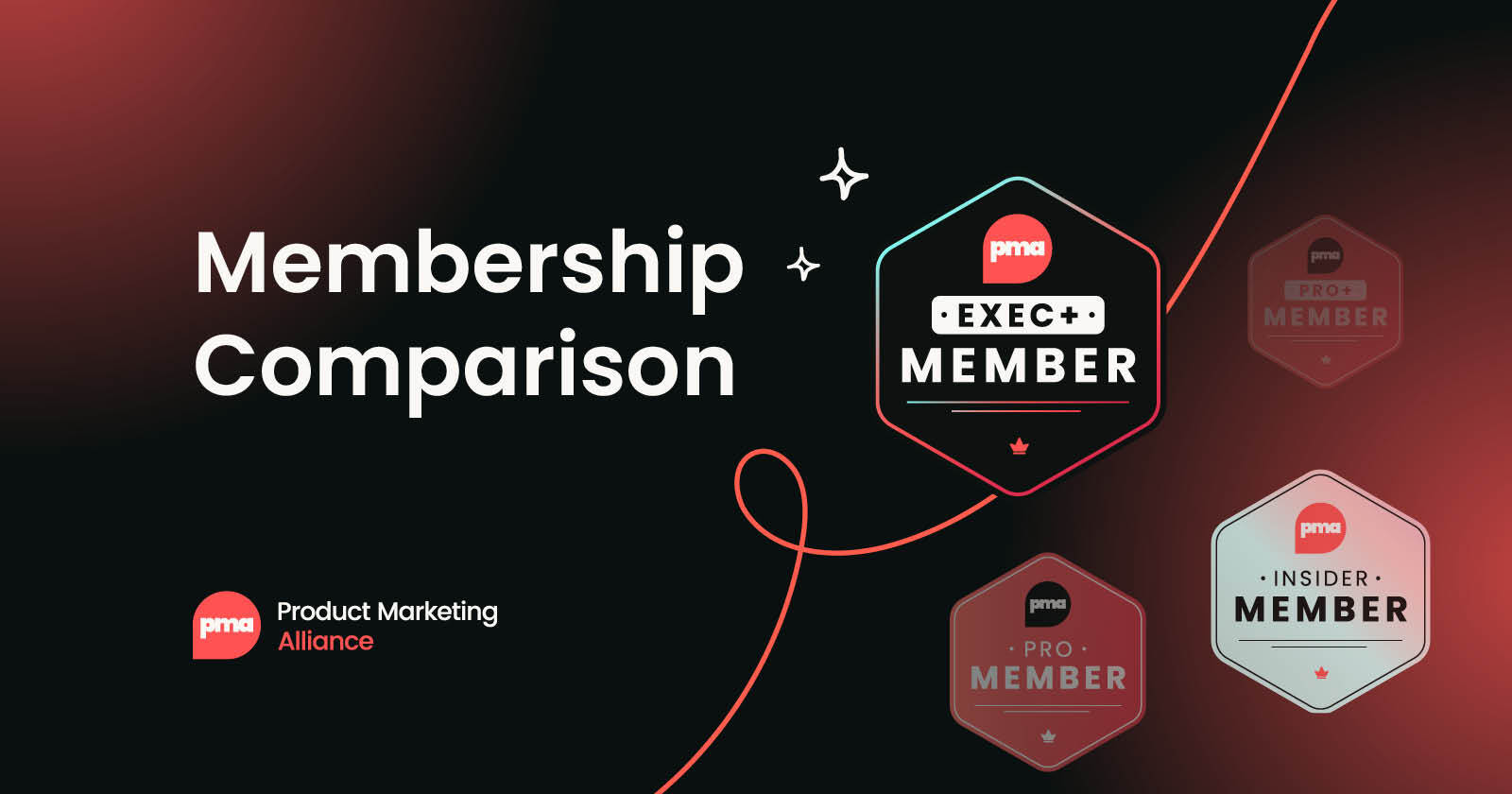

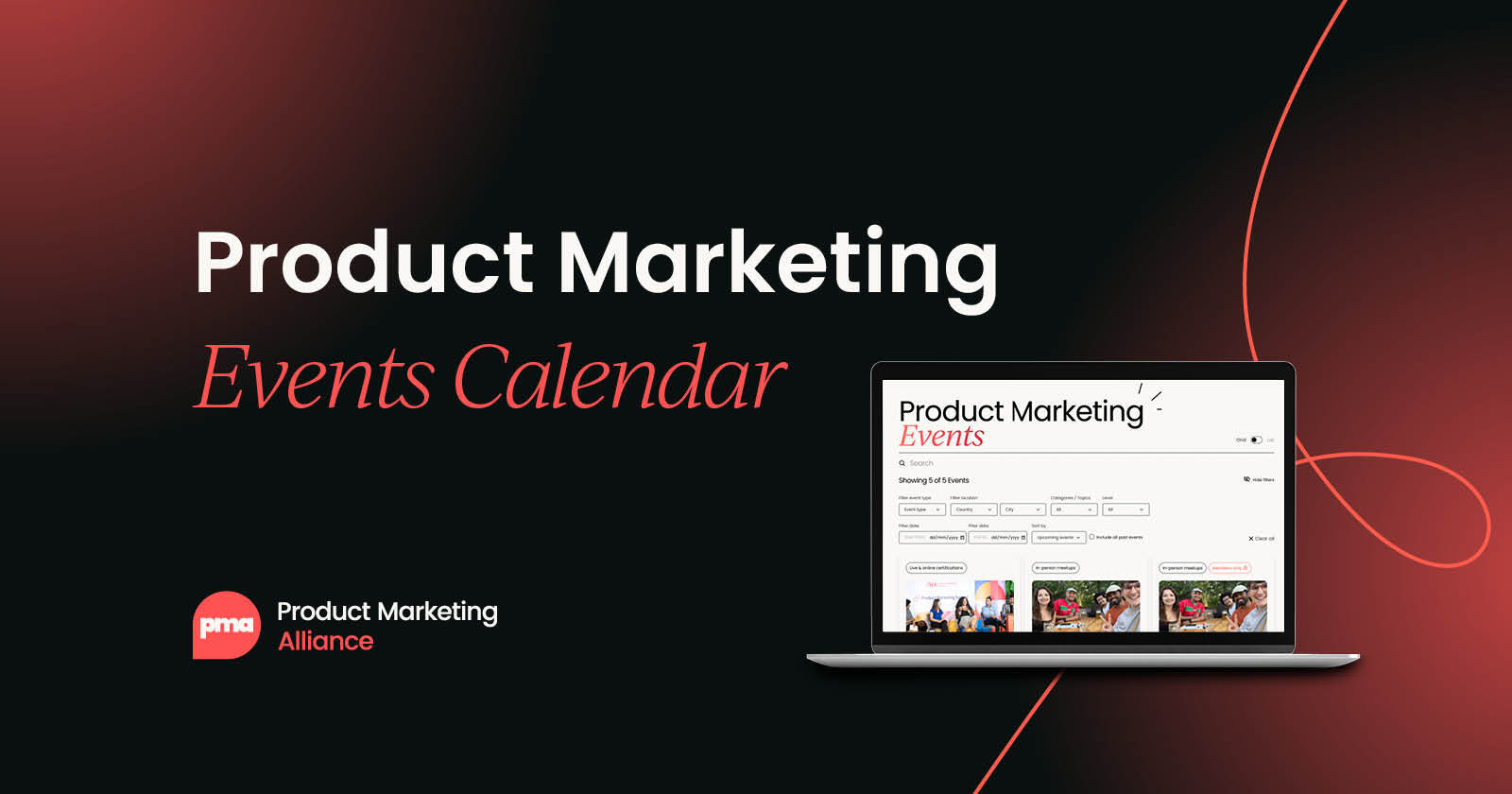
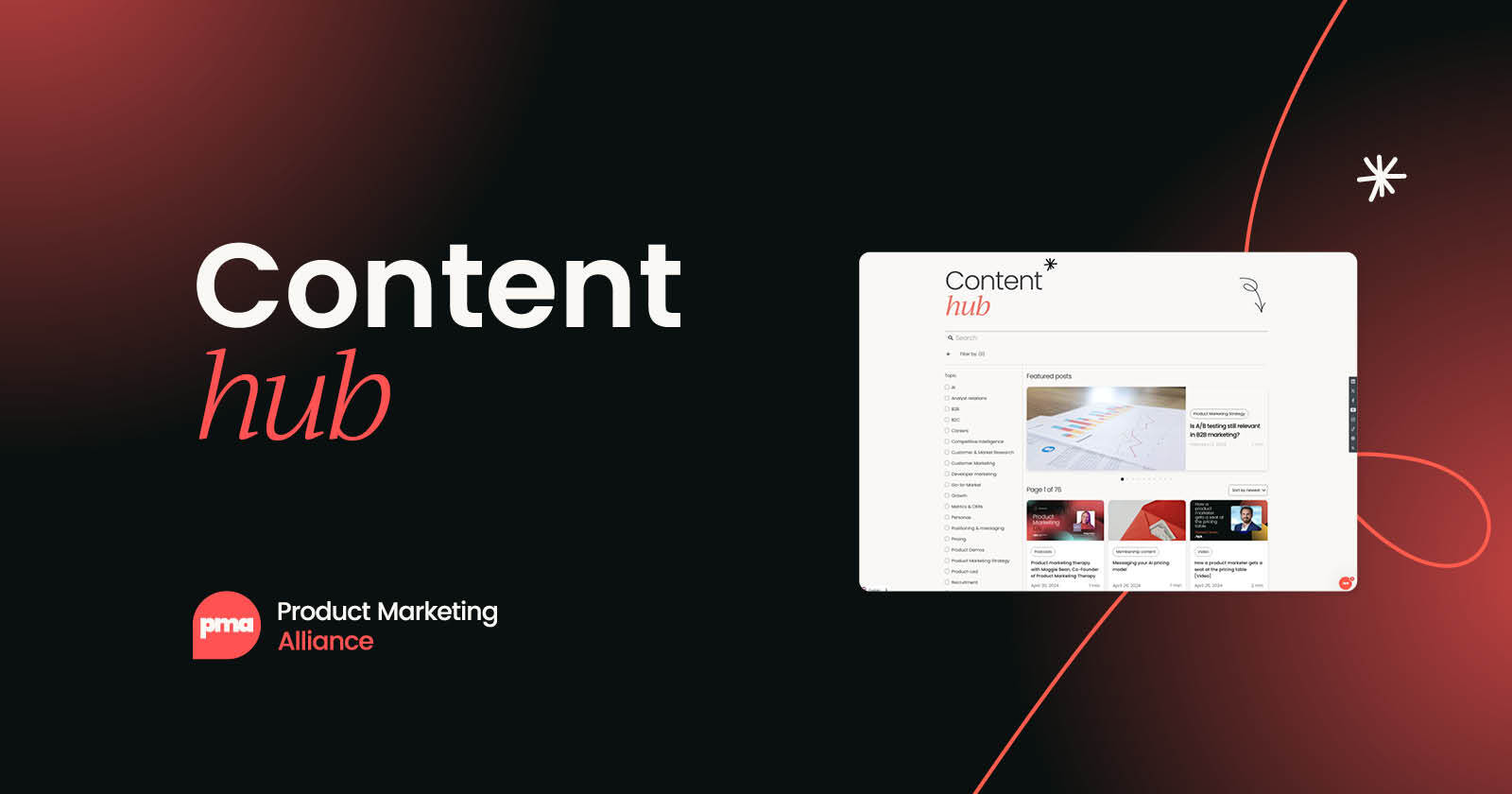

 Follow us on LinkedIn
Follow us on LinkedIn

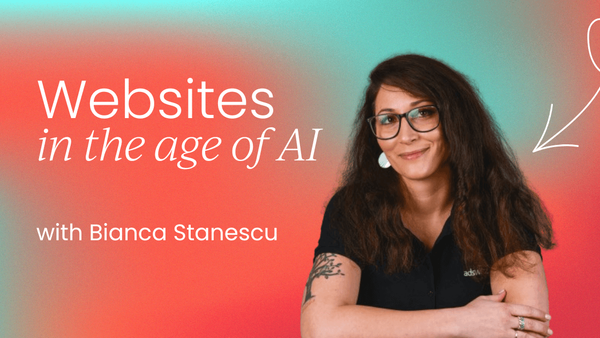

.svg?v=ee8cad4ecc)